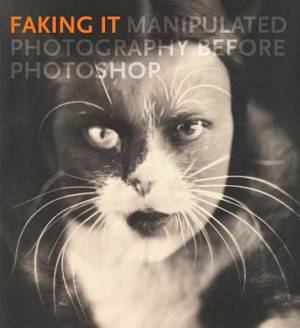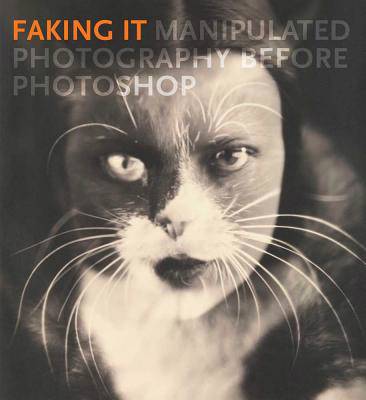
- Retrait gratuit dans votre magasin Club
- 7.000.000 titres dans notre catalogue
- Payer en toute sécurité
- Toujours un magasin près de chez vous
- Retrait gratuit dans votre magasin Club
- 7.000.0000 titres dans notre catalogue
- Payer en toute sécurité
- Toujours un magasin près de chez vous
Récompenses
Description
Photographic manipulation is a familiar phenomenon in the digital era. What will come as a revelation to readers of this captivating, wide-ranging book is that nearly every type of manipulation we associate with Adobe's now-ubiquitous Photoshop software was also part of photography's predigital repertoire, from slimming waistlines and smoothing away wrinkles to adding people to (or removing them from) pictures, not to mention fabricating events that never took place. Indeed, the desire and determination to modify the camera image are as old as photography itself--only the methods have changed.
By tracing the history of manipulated photography from the earliest days of the medium to the release of Photoshop 1.0 in 1990, Mia Fineman offers a corrective to the dominant narrative of photography's development, in which champions of photographic "purity," such as Paul Strand, Edward Weston, and Henri Cartier-Bresson, get all the glory, while devotees of manipulation, including Henry Peach Robinson, Edward Steichen, and John Heartfield, are treated as conspicuous anomalies. Among the techniques discussed on these pages--abundantly illustrated with works from an international array of public and private collections--are multiple exposure, combination printing, photomontage, composite portraiture, over-painting, hand coloring, and retouching. The resulting images are as diverse in style and motivation as they are in technique. Taking her argument beyond fine art into the realms of politics, journalism, fashion, entertainment, and advertising, Fineman demonstrates that the old adage "the camera does not lie" is one of photography's great fictions.
Spécifications
Parties prenantes
- Auteur(s) :
- Editeur:
Contenu
- Nombre de pages :
- 280
- Langue:
- Anglais
- Collection :
Caractéristiques
- EAN:
- 9780300185010
- Date de parution :
- 30-10-12
- Format:
- Livre relié
- Format numérique:
- Genaaid
- Dimensions :
- 250 mm x 276 mm
- Poids :
- 1769 g

Les avis
Nous publions uniquement les avis qui respectent les conditions requises. Consultez nos conditions pour les avis.








